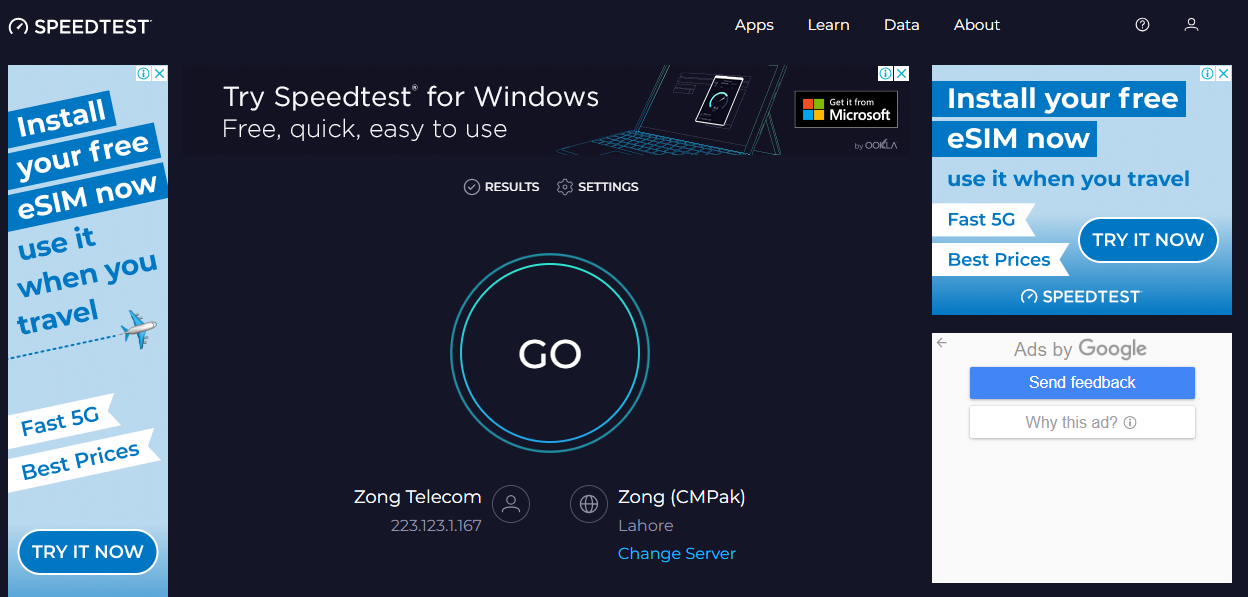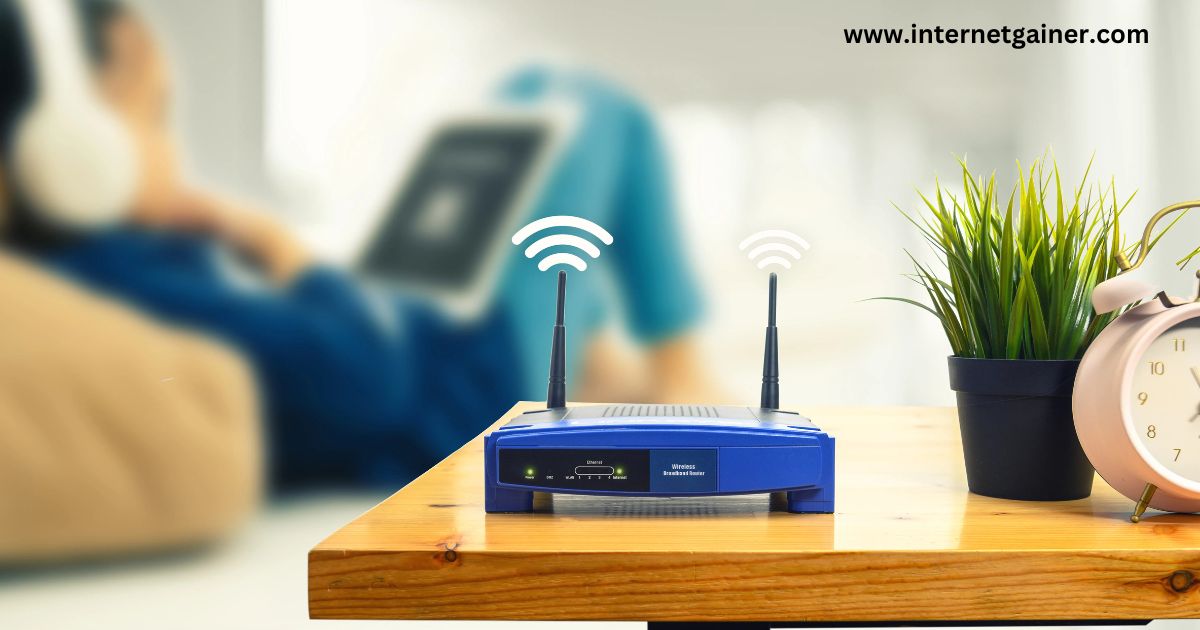In today’s connected world, your home network is the backbone of your digital life. While most people think about their network solely in terms of internet speed, there’s much more you can do to enhance its performance and versatility.
Whether you’re working from home, streaming media, or gaming online, there are numerous ways to optimize your network setup to ensure it meets all your needs. In this blog, we’ll explore 9 effective ways to maximize your home network beyond just the internet.
1. Why Should I Care About More Than Just Internet Speed?
When people think about “maximizing their network,” the first thing that comes to mind is often boosting internet speed. However, a robust home network involves more than just a fast internet connection. It also includes how devices communicate with each other, how traffic is managed, and how secure your network is.

More Than Just Internet Speed?
The goal is to ensure everything works smoothly, securely, and reliably across your entire network—whether you’re using Wi-Fi, Ethernet, or a combination of both.
2. Upgrade Your Router for Better Performance
Q: Why should I upgrade my router?
A good router is the heart of your home network. Older or outdated routers can significantly slow down your network speed and cause interruptions.
Upgrading to a newer router with modern standards like Wi-Fi 6 (802.11ax) will improve both speed and range. Wi-Fi 6 also helps in crowded environments with many devices connected to the network, like smart home gadgets and multiple users.
Tip: Look for a router with a mesh system if you have a large home or areas with weak signal strength.
3. Implement a Mesh Wi-Fi System
Q: What is a mesh Wi-Fi system, and how does it improve my network?
A mesh Wi-Fi system uses multiple access points spread across your home to create a seamless, high-speed network. Unlike a traditional router, which broadcasts signals from one central point, mesh systems ensure consistent coverage across larger or multi-story homes, reducing dead zones and boosting performance in hard-to-reach areas.
Tip: For households with multiple users or heavy internet use, mesh Wi-Fi is a game-changer.
4. Use Wired Connections for Stability and Speed
Q: Should I still use wired connections if I have Wi-Fi?
While Wi-Fi is convenient, Ethernet connections offer the most stable and fastest speeds. If you’re gaming, working from home, or streaming 4K content, consider using wired Ethernet for devices like desktop computers, gaming consoles, or smart TVs. This will eliminate lag and ensure a more consistent experience.
Tip: Use quality Ethernet cables (Cat 5e or higher) to ensure the best performance.
5. Prioritize Traffic with Quality of Service (QoS)
Q: How can I ensure my critical activities are prioritized on the network?
Quality of Service (QoS) is a feature available in most modern routers that allows you to prioritize traffic for certain applications or devices.
For instance, if you’re working from home or need low latency for gaming, you can prioritize video conferencing or gaming devices to ensure smooth performance even if others are streaming video or downloading large files.
Tip: Check your router’s settings for a QoS option and configure it based on your needs.
6. Secure Your Network Against Unauthorized Access
Q: How can I secure my home network from hackers and unauthorized users?
A secure network is crucial for protecting your data and preventing bandwidth theft. Change the default credentials of your router, enable WPA3 encryption, and regularly update your router’s firmware to close security vulnerabilities.
You can also create a separate guest network for visitors to keep your primary network more secure.
Tip: Consider using a VPN to add an extra layer of privacy, especially when accessing sensitive information or using public Wi-Fi.
7. Monitor and Manage Your Network Traffic
Q: How can I track what’s happening on my network?
Some advanced routers allow you to monitor your network traffic in real time. This feature helps you identify devices hogging bandwidth, troubleshoot connectivity issues, and detect any unusual activity that could suggest a security breach.
Many routers come with apps that make it easy to manage and monitor your network remotely.
Tip: Use your router’s mobile app or web interface to check your device’s bandwidth consumption.
8. Optimize Your Wi-Fi Placement
Q: Where should I place my router for optimal coverage?
The placement of your router can greatly affect your network’s performance. Ideally, it should be centrally located in your home, away from obstructions like walls or metal objects that can interfere with the signal.
Elevate your router (e.g., on a shelf) to improve coverage, and avoid placing it near other electronics that might cause interference.
Tip: If using a mesh system, ensure each node is placed strategically to cover areas with weak signal strength.
9. Upgrade Your Devices for Network Efficiency
Q: Does upgrading my devices improve network performance?
Yes! Older devices may not support the latest Wi-Fi standards, like Wi-Fi 5 (802.11ac) or Wi-Fi 6. Upgrading to newer devices that support faster wireless standards can help ensure your network operates efficiently.
For example, newer smartphones, laptops, and smart home devices can take advantage of faster speeds and improved connectivity.
Tip: Look for devices with Wi-Fi 6 compatibility for better network efficiency.
Summary: Key Takeaways
To get the most out of your home network, think beyond just internet speed. Here are the key steps to maximize your network’s potential:
- Upgrade your router to a modern model with Wi-Fi 6 for better performance.
- Consider a mesh Wi-Fi system for larger homes or areas with weak coverage.
- Use wired Ethernet connections for more stable and faster speeds.
- Prioritize critical devices and applications using QoS settings on your router.
- Secure your network by changing default credentials and using WPA3 encryption.
- Monitor network traffic to ensure no devices are slowing you down or consuming excessive bandwidth.
- Optimize your router’s placement to avoid interference and ensure strong coverage.
- Upgrade older devices to ones that support the latest Wi-Fi standards for improved network efficiency.
FAQs
What is the best way to boost my Wi-Fi speed?
In addition to upgrading your router, consider reducing interference by keeping your router away from other electronics and switching to the 5 GHz band for faster speeds.
How often should I update my router’s firmware?
It’s a good idea to check for firmware updates every few months. Many routers offer automatic updates, but it’s still worth verifying manually.
What’s the difference between Wi-Fi 5 and Wi-Fi 6?
Wi-Fi 6 offers faster speeds, better performance in crowded environments, and improved efficiency for multiple devices connected to the same network.
By following these steps and considering all aspects of your home network, you can create a faster, more secure, and reliable digital experience that extends far beyond just internet speed. For more 5g Internet information check the internetgainer.
